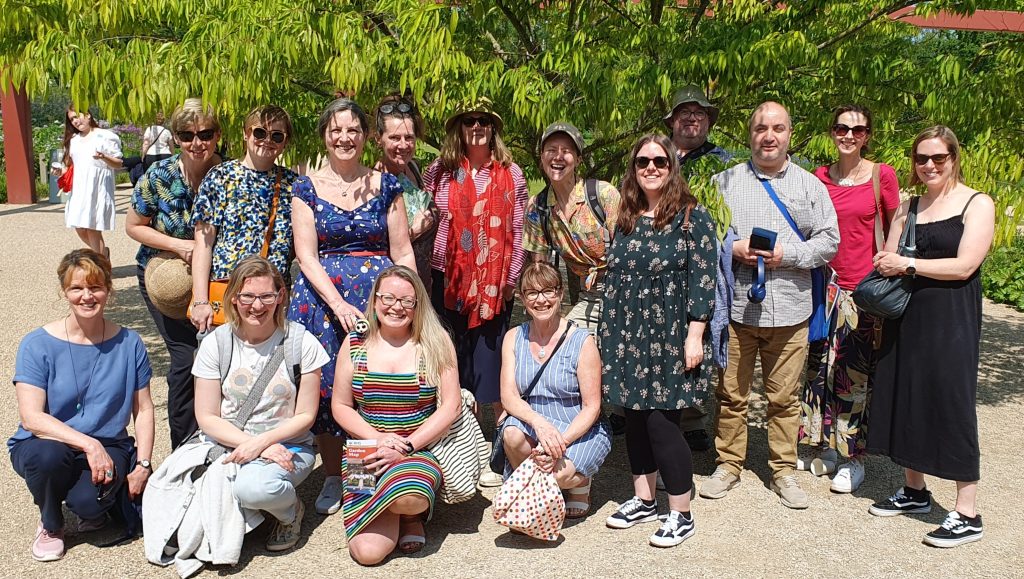
When my regional ITI network, the North West Translators’ Network (NWTN), advertised a trip to the RHS Garden Bridgewater I signed up immediately. I had seen spectacular aerial pictures of the enormous walled garden on TV when the garden first opened a couple of years ago, so the opportunity to join a private group tour was too good to miss.
Named after the Bridgewater Canal, which runs past the garden and links the village of Worsley to the city of Manchester, RHS Garden Bridgewater, we learnt on the tour, is the only garden that the RHS have had the opportunity to create completely from scratch. Whereas previous RHS gardens were from the Victorian, Georgian or Edwardian periods, the Bridgewater site, situated within the footprint of the demolished Worsley New Hall, was completely disused by the time the RHS acquired it in 2017. This meant that Tom Stuart-Smith, the landscape architect commissioned with the design task, was not constrained by historic expectations, but instead had the freedom to create a new garden fit for the 21st century.
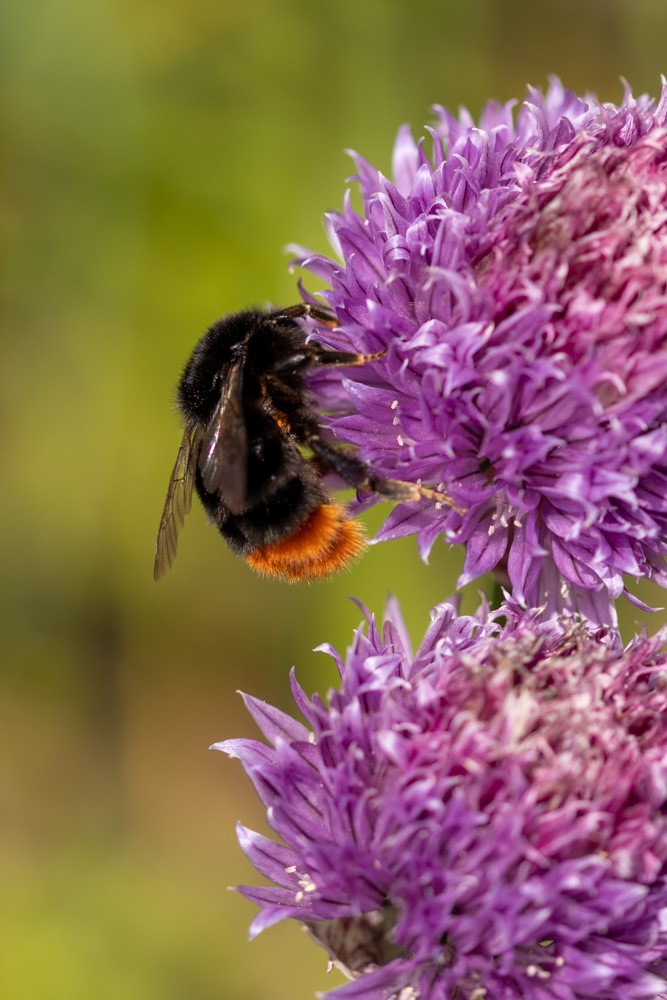
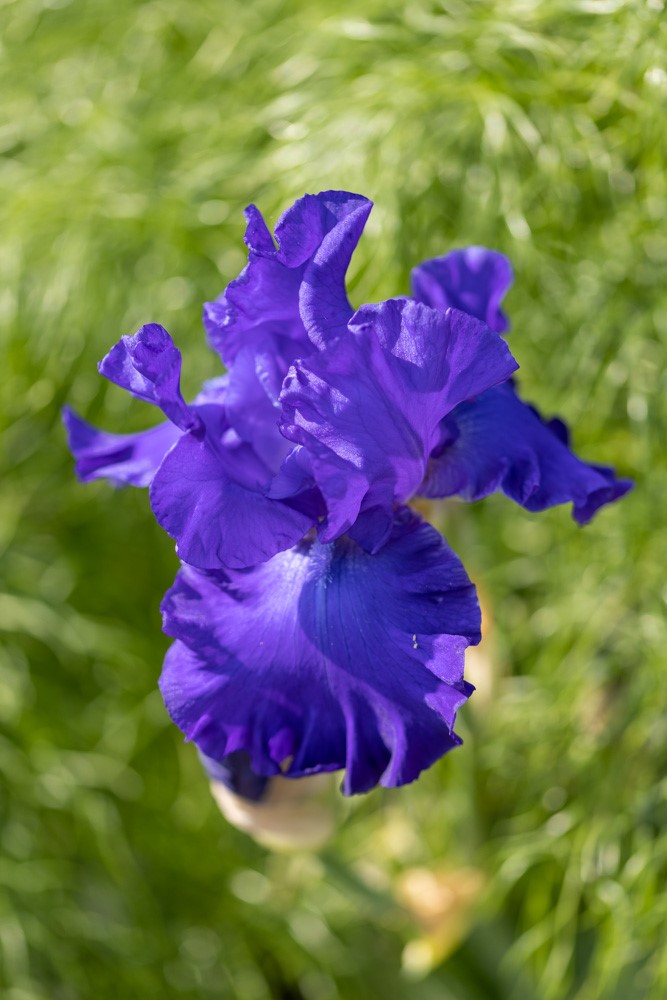

Meeting in the larch-clad contemporary Welcome Building upon arrival, we had a chance to network with colleagues over lunch, or in my case, over the first of several cakes! Before the tour began, I caught up with some familiar faces, as well as making new connections with translators that I had not met before. It was a wonderful opportunity to learn from each other’s experiences, whether discussing translation, gardening, or sustainability.
The café sources much of its produce from the walled garden, which we were about to visit, and it was thought-provoking to see sustainable design everywhere we looked. The Welcome Building uses its giant roof for rainwater harvesting, which provides water for flushing the loos, whilst heating and cooling is provided by a ground-source heat pump. Even the car park has a sustainable drainage system for managing storm water.
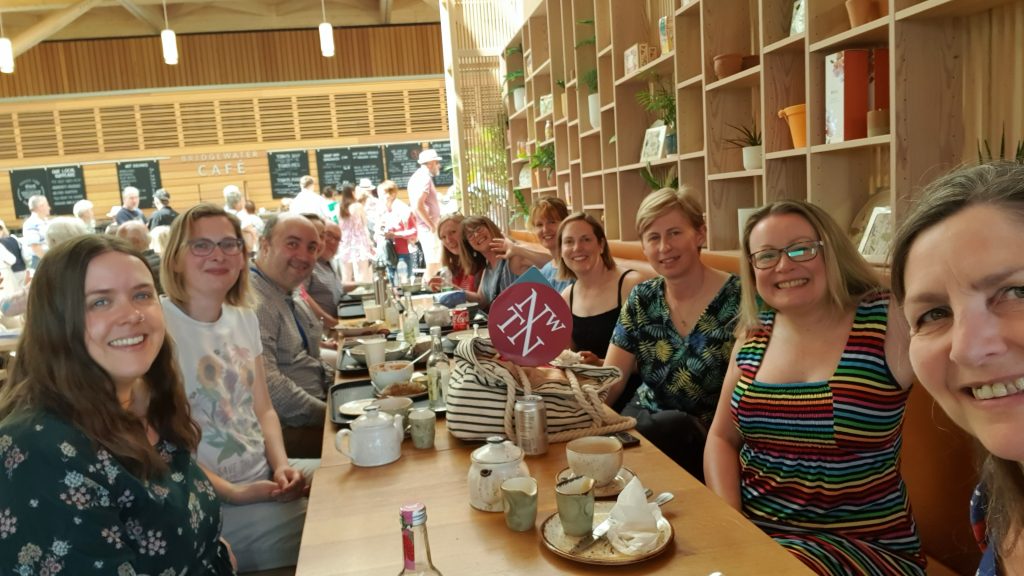
We were split into two groups for the guided tour of the Weston Walled Garden. Making our way out of the building and down The Long Walk, our group lingered next to an impressive border which was bursting with colour. Our guide explained that rather than planting traditional bedding plants that need replacing each season, the 21st century idea is to plant varieties which in the past would have been called weeds. They are perennials and don’t need much maintenance, but still provide spectacular colour and save the gardeners a tremendous amount of time.
Inevitably there was an international theme to the commentary on our tour. The clipped topiary yew domes on the lawn were imported from Belgium, as UK growers don’t grow them for long enough, whereas in Europe they will grow them for generations before selling them, which led to a comparison of different growing methods between the UK and France. Later, in the new Orchard Gardens the diverse array of fruit trees, including 37 cultivars of apples, led to further discussion about which varieties were popular in different regions and countries.
We entered the 11-acre walled garden, passing the Hot Borders, so called because of their deep orange and red colours, into the Kitchen Garden, which occupies half of the Weston Walled Garden. The layout for this area of the garden was inspired by the local network of underground waterways built during the Industrial Revolution. We then made our way into the second half of the walled garden, called the Paradise Garden, which has a microclimate enabling plants to flourish from all around the world. The tall, Mediterranean iris cultivars stole the show at the time of our visit, with their rich, velvety deep purple colour, whereas at other times of year the Asiatic species, or species from the Americas would be the ones that impress.
Eventually we reached the Orchard Gardens at the other end of the Walled Garden, which feature turf pathways through a long grass meadow with picnic tables dotted around, creating relaxed, informal seating for visitors. The picnic tables were well utilised on this beautiful blue-sky Sunday afternoon. As children enjoyed a game of hide and seek amongst the grasses, we returned via a different route, passing the Community Wellbeing Garden, where local residents can come to access the therapeutic benefits of gardening. The whole site is very accessible, and we passed several visitors on mobility scooters on the generously wide paths.
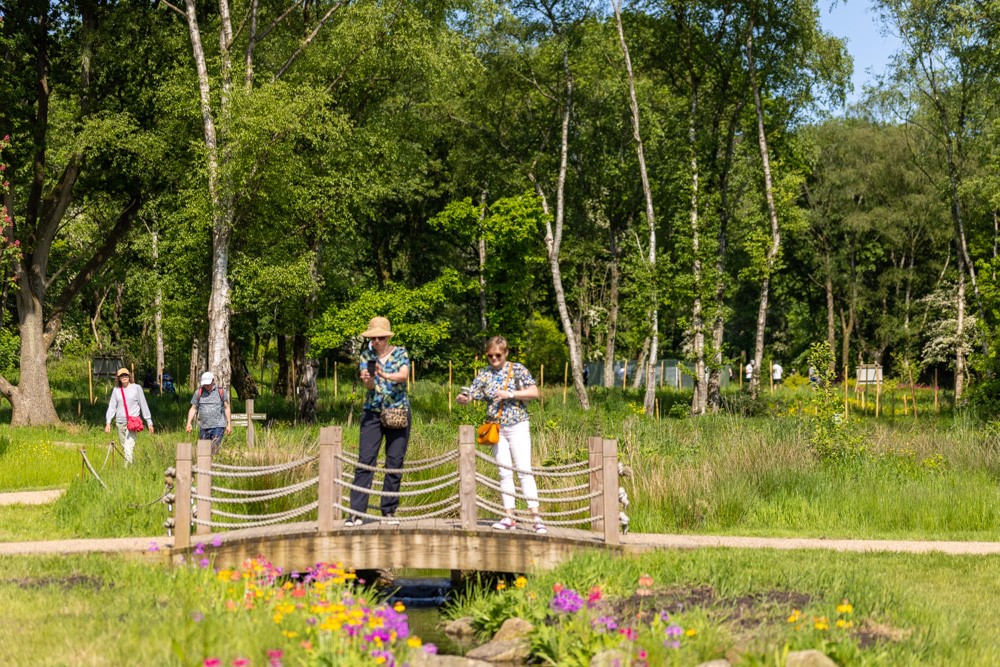
As the tour came to an end and most said their goodbyes, a few of us continued over to the other side of the site to see the Chinese Streamside Garden. As the name suggests, the meandering path is set alongside a stream, with small bridges crossing the water, leading up to a lake. We returned for a rest and refreshment in the cool Welcome Building café and, after saying our goodbyes, I had a quick browse in the garden centre and shop before making my way home.
Overall, the day had provided a relaxed and informal setting in which to get to know fellow NWTN members and was a wonderful opportunity to enjoy the first of the warm summer weather. RHS Garden Bridgewater has plenty more to offer than we managed to see in just one day, and my impression was that most of us were already starting to plan our next visit.
On behalf of all the attendees, I must thank Kate Lo, the NWTN’s Events Team Leader, for her meticulous organisation of this event, which, I am sure everyone would agree, was a great success.
written by
Nina Hasinski

